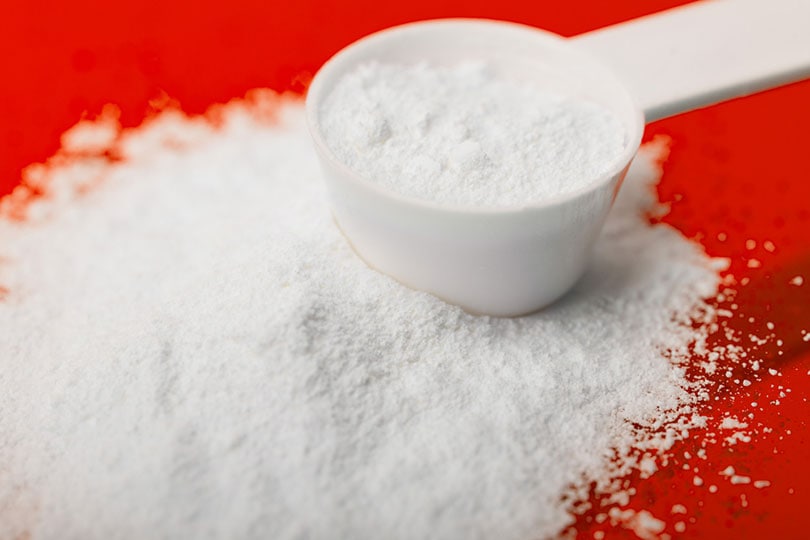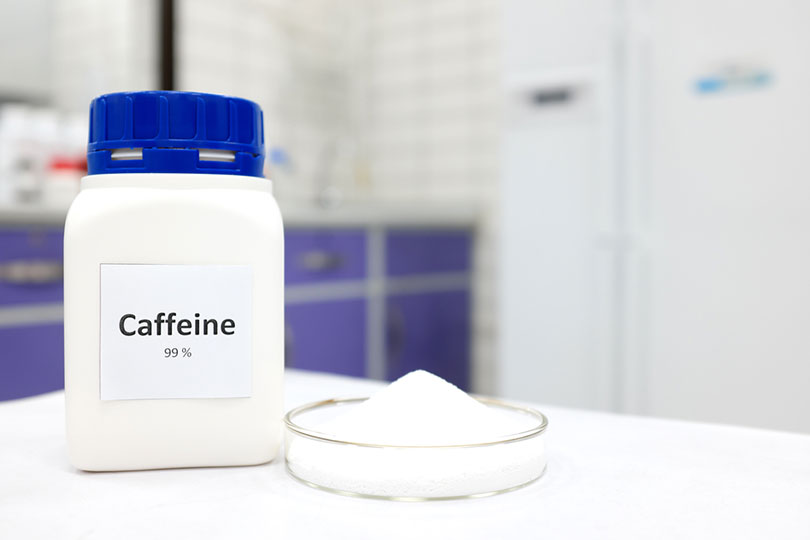
There are so many different aspects to coffee, the beans that make the coffee, and how it’s prepared. There are so many strains of coffee beans that can have different levels or types of caffeine extracted when it get to the shelf. There is a term that many may not have heard of when it comes to caffeine, and that term is anhydrous caffeine.
Anhydrous caffeine is very similar to regular caffeine with the main difference being that anhydrous caffeine goes through a filtration process. This process removes water and any other chemical components included in the coffee bean plant. Continue reading to learn about the difference between caffeine anhydrous and regular caffeine.

Overview of Caffeine Anhydrous:

How it Works
Caffeine anhydrous is very similar to regular caffeine but has extra products or chemicals extracted from the plant before it’s used as an ingredient in food or drinks. Some examples could be green tea leaves, dark chocolate, or a regular cup of coffee. The substance ends up looking like a white crystalline powder.
Different Types
Caffeine anhydrous comes in both pills and powders. It can also be found as an ingredient in supplements, energy bars, or pre-workout powders. The pill form is best for getting an exact amount of caffeine without ingesting too much.
What it’s Good For
There are a few benefits to adding caffeine anhydrous to your routine. Of course, caffeine spikes your energy and alertness levels which can improve performance in physical activities and improve brain alertness.
It’s important to start slow when introducing concentrated caffeine to your diet. For example, it is not advisable to grab an energy drink with the highest content of caffeine the first time you try it. Taking an extra pill or scoop of pre-workout powder isn’t advisable. Although it may seem like a benefit to get extra caffeine, there is a threshold for caffeine in the body. Taking too much is risky because it can make you sick for essentially no reason.
- Improve alertness
- Improves exercise performance
- Possibility of caffeine overdose
- Very concentrated formula

Overview of Caffeine:

How it Works
Caffeine can be found as one of the main ingredients in a vast number of different food and drink options. For example, a relatively low amount of caffeine can be found in cola or a regular cup of coffee. This content gets higher and higher in milligrams with energy drinks or energy shots.
Caffeine is a chemical compound found in plants. The caffeine is extracted from the plant in different ways in a concentrated form. It is then added to chocolate, beverages, or other food and drinks. One popular example of this would be when coffee beans are harvested from plants and are used to make coffee beverages that have caffeine in them.
What it’s Good For
Of course, the higher the level of caffeine the more benefits could be added to your daily performance. This refers to increased levels of energy, focus, and physical performance. For aerobic exercises like running, swimming, or cycling, caffeine provides a great boost.
Caffeine can be found in workout supplements like pre-workout powders or drinks, energy drinks, coffee, tea, and more. The type of beverage or form of caffeine you choose highly depends on what you’re looking for from it. If you want a quick boost of energy before a workout, you might look for a workout powder. If it’s 8 am and you’ve just woken up, then you might prefer a regular cup of medium-roast coffee.
- Spike in energy levels
- Good for physical performance
- Increases mental alertness
- Negative side effects like jitters
- Energy crash hours later

Types of Caffeine: Final Thoughts
Anhydrous caffeine and regular caffeine are not that different other than the form that they come in. Anhydrous caffeine goes through a filtration process, turning it into a white powder. However, anhydrous caffeine can be a bit more dangerous as there is a higher possibility for a caffeine overdose due to being more concentrated. But they both have similar effects on the body when used in food and beverages.
Featured Image Credit: Casimiro PT, Shutterstock
















